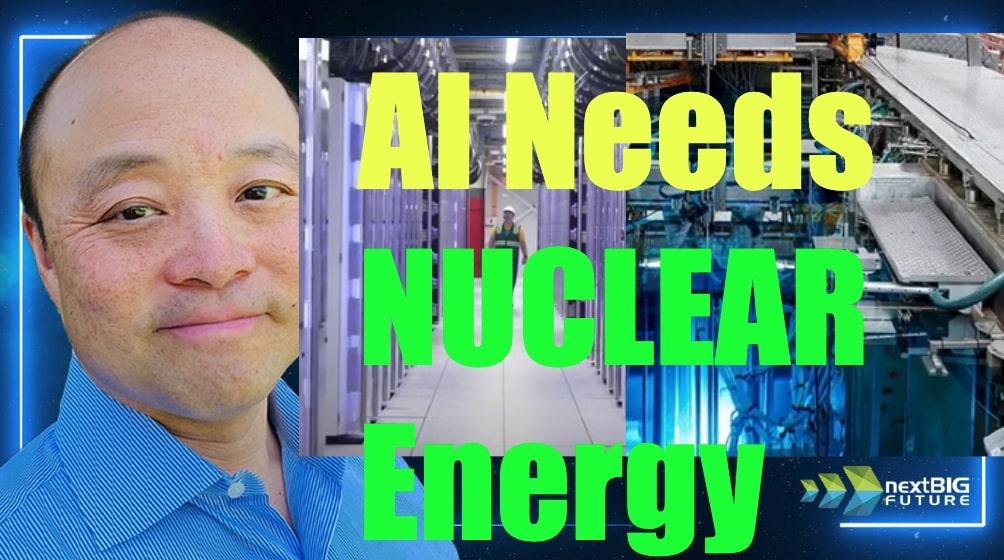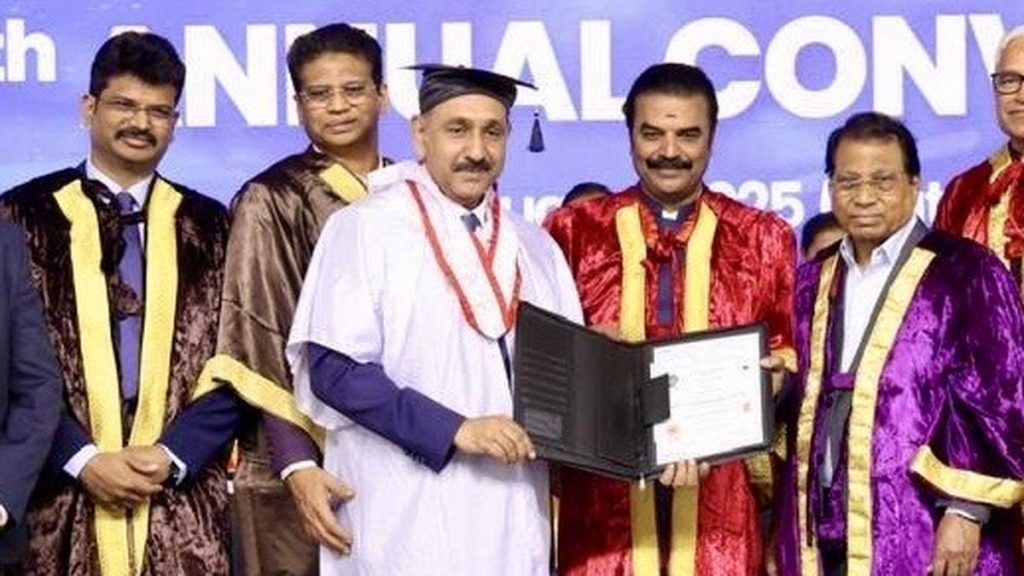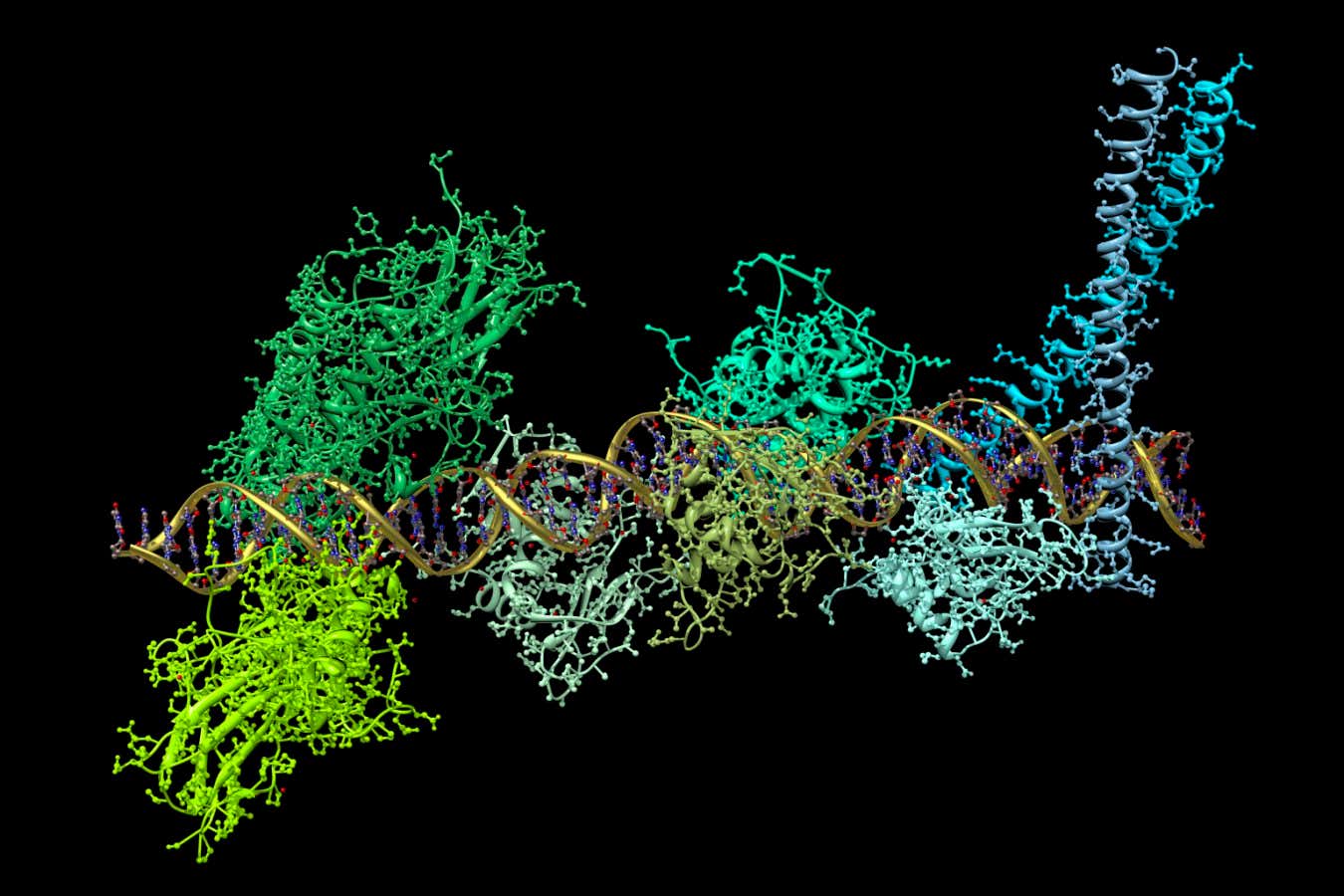Now Reading: India’s AI Data Centers Eye Nuclear Power for Energy Needs
-
01
India’s AI Data Centers Eye Nuclear Power for Energy Needs
India’s AI Data Centers Eye Nuclear Power for Energy Needs

Quick Summary
- AI data centers are expected to require 150 GW annually by 2030, with a projected 100 GW gap by 2028.
- The U.S. Department of Energy is accelerating nuclear initiatives, with 11 pilot reactors set to achieve criticality by 2026.
- Nuclear fission (generation 3 reactors) is highlighted as being significantly safer than coal and gas, with only three major accidents reported over 70 years versus numerous fossil fuel incidents.
- Startups in nuclear reactor development include Thorcon, Copenhagen Atomics, Oklo, TerraPower (backed by Bill Gates), Deep Fission, among others.
- The U.S. is lagging behind China in the rapid deployment of Generation 3 reactors.
- While nuclear energy will not displace renewables or fossil fuels immediately due to scalability issues, it remains vital for meeting AI-driven energy demands.An increase in uranium production capacity will be essential.
YouTube video embedded: AI Data Centers and Nuclear Power
!Author Image
Brian wang – Futurist Thought leader and Science Blogger (Read More)
Indian Opinion Analysis
The increasing power demand from AI data centers globally highlights an ongoing strategic challenge for nations like India to balance energy expansion sustainably without compromising environmental goals. as India scales its own digital economy powered by artificial intelligence applications in sectors such as healthcare and manufacturing, the implications are profound.
While India’s renewable resources (solar/wind) remain central to its climate strategy, diversifying into nuclear energy-particularly through partnerships-could address reliability concerns stemming from intermittent renewable generation. Lessons from the rapid adoption of Generation 3 reactors in China and strides made by startups globally offer critical benchmarks for India’s own modernization efforts in civilian nuclear energy capabilities.India’s investment decisions must weigh affordability against accessibility while considering long-term geopolitical resilience offered through self-reliant uranium sourcing or collaborative ventures under international frameworks like IAEA safeguards. The need for foresight planning regarding infrastructural parity becomes urgent if India’s technology sector aims to sustain robust growth without facing detrimental power shortages amid global competition within AI-driven industries.
























